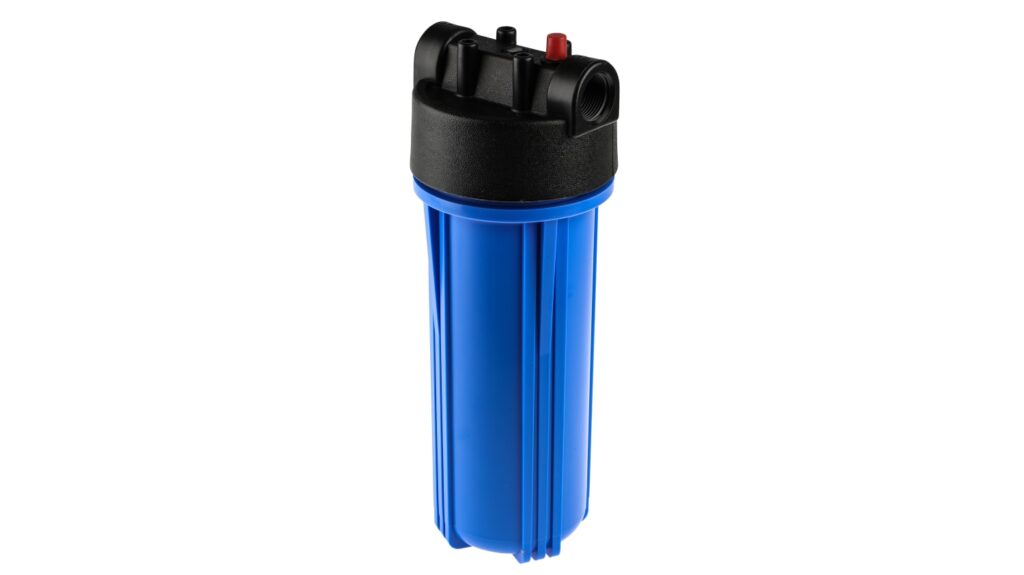
Why Do You Need A Water Filter?
Last updated on June 23rd, 2022 at 04:24 am
You’ve most likely come to this post for a variety of reasons, including wanting safe, healthy drinking water for yourself and your family or learning about various water filtering systems.
Unfortunately, tap water is no longer safe even if you have high-quality city or well water. Also, there is no guarantee that bottled water is better than tap water.
Also Read: https://www.waterdropfilter.com/blogs/buyers-guides/ro-water-filter-guideline
The Environmental Working Group’s (EWG) tap water database reports that 81% of Americans drinking water contain carcinogenic contaminants. Furthermore, hexavalent chromium is a popular drink in the United States (77 percent of people consume it), and it’s also referred to as the “Erin Brockovich” chemical. Furthermore, all 50 states’ water contains arsenic, chromium-6, disinfection byproducts, and lead. The water is also contaminated with nitrates derived from fertilizers and radiological contaminants.
To remove pollutants effectively, the Environmental Working Group (EWG) recommends using reverse osmosis water filters. PFOA filters can eliminate up to 99% of hazardous water pollutants, such as lead, arsenic, nitrites, nitrates, selenium, chromium, and fluoride. Filters can remove PFAS, PFOS, PFOA, and GenX for good. End Chemicals such as gold, lead, radioisotopes, strontium 90 – tainted tap water is a common source of radiation exposure in the United States has been linked to numerous health problems including diabetes.
However, if you’ve never purchased a water filtration system before, selecting your first one from the many reverse osmosis water filtering systems may be a little intimidating.
If you’re still unsure, read our water filter reviews to see if a RO system is the best option for your home.
You can read our reverse osmosis system purchasing guide below if you’re considering buying individual RO systems.
Reverse Osmosis Water Filter With Tank
The Traditional Reverse Osmosis (RO) Filtration System forces water through a water-permeable membrane and a series of filtration devices. Although it is efficient in water purification, it needs time to push the water molecules through the RO membrane, thus reducing the water quantity coming out of your tap. Filtration managers found a solution to this problem by using a storage tank for filling purified water ready for immediate use.
Pros
Advantages of the reverse osmosis water filter with tank include its affordability. The system is more affordable than tankless options. Also, the system is suitable for storing purified water, especially for emergencies. Furthermore, the system does not need a power supply unless one of the pumps or UV filters is activated.
Cons
A large system will require more setup space, and the water may taste off when stored for too long.
Tankless Reverse Osmosis Water Filter
The Tankless Reverse Osmosis (RO) Filtration System is the most recent version of the RO water filter. This system is more compact, easier to manage, and produces fresher water. Furthermore, this system is intended to match the efficiency of a standard RO system. The tankless RO system, on the other hand, takes up less space and cleans water when required instead of storing it in a storage tank.
Pros
In comparison to a Traditional RO Filter, the Tankless RO System takes up very little room. Also, the water delivered is fresher because it is not stored in a tank. Because it produces less wastewater than Traditional RO Systems, the system lowers your water bill.
Cons
Tankless RO Systems require a higher upfront investment, and the system needs electric power before it can work. Also, this system is unreliable during emergencies because there is no storage.
Read Dive is a leading technology blog focusing on different domains like Blockchain, AI, Chatbot, Fintech, Health Tech, Software Development and Testing. For guest blogging, please feel free to contact at readdive@gmail.com.
